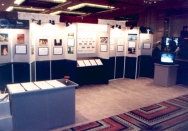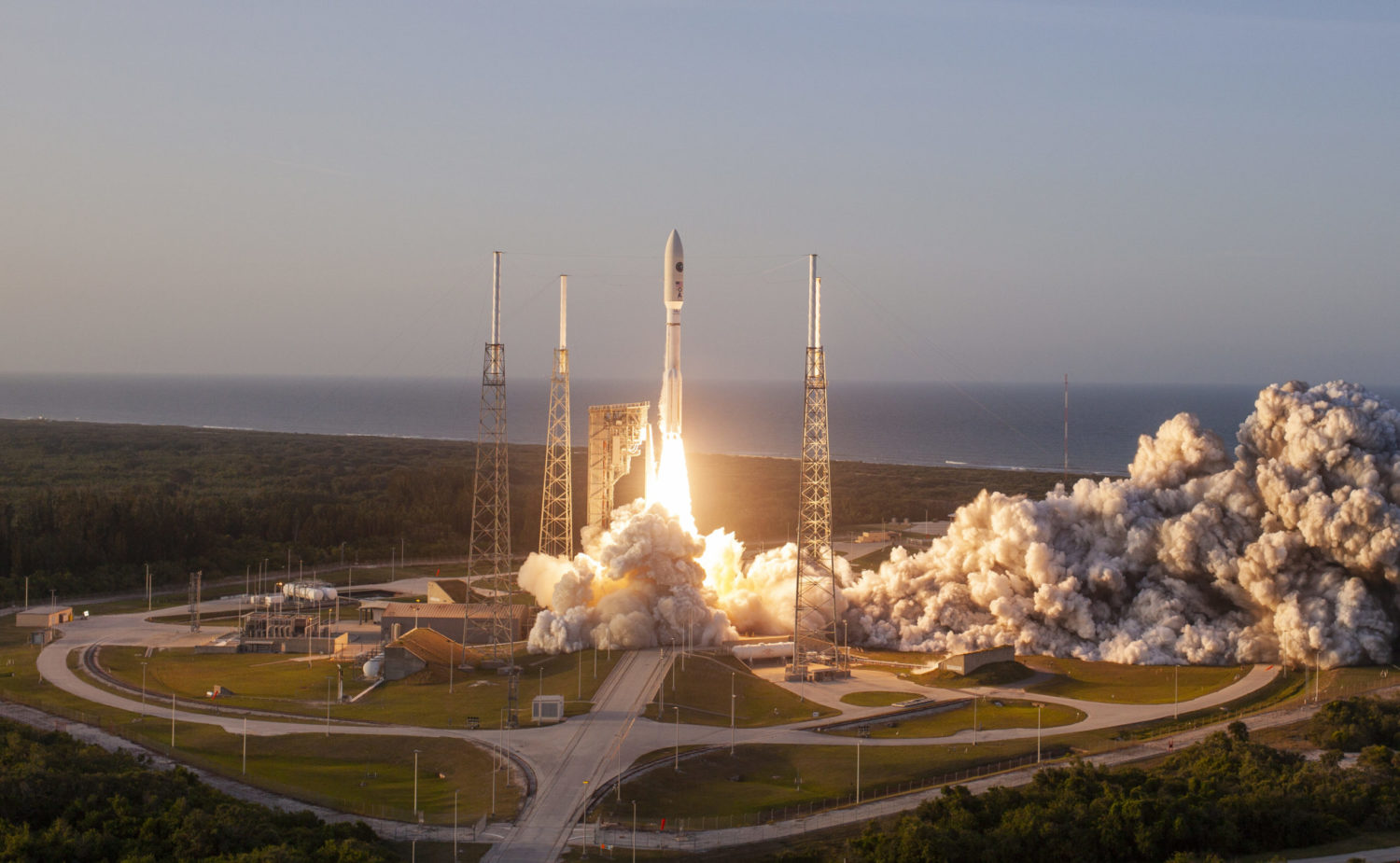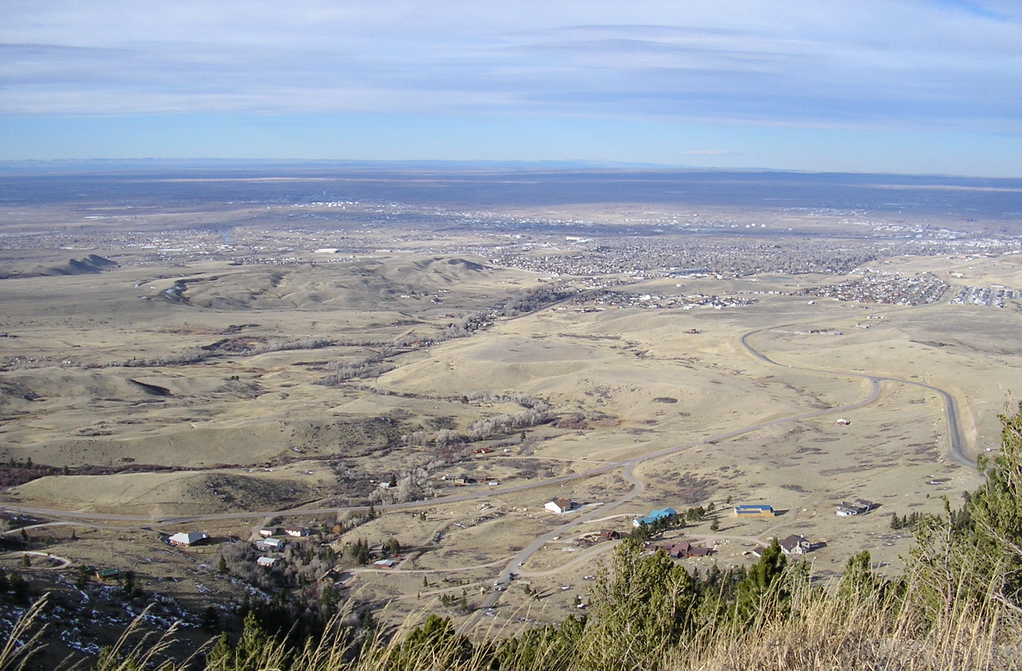
Company History
While working at Aerojet Strategic Propulsion Company in Sacramento, California, John Wickman was looking to make a career shift away from military projects at Aerojet and get into projects that would open Space to human exploration and settlement. In 1981, he incorporated Wickman Spacecraft &
Propulsion Company (WSPC) with the hope of eventually working for his company full-time. Bidding on small business contract opportunities was a long and frustrating enterprise. In those days, the SBIR program was getting off the ground and proposal reviewers were definitely unfriendly to emerging technology companies. Despite those difficulties, Mr. Wickman was working full-time for WSPC on small consulting contracts by 1985.
A major turning point for the company was in 1986, the year of the Challenger accident along with the Titan SRB failure. One of Mr. Wickman’s areas of expertise was solid rocket motor failure analysis. This enabled WSPC to obtain consulting contracts for the Shuttle SRB field and nozzle joint redesign and the Titan SRB recovery program. About this time, Mr. Wickman and Dr. Adolf Oberth teamed up to take the company in the direction of research and development. Dr. Oberth is a world renown propellant chemist with a list of patents that goes on for pages. As a historical footnote, Adolf is the son of German rocket pioneer, Hermann Oberth.
As a partner in the company, Dr. Oberth wanted to pursue some new ideas he had for phase stabilizing ammonium nitrate for use in solid rocket propellants. In 1987, he submitted a Phase I SBIR proposal to the Air Force and won. At the time, WSPC facilities consisted of Wickman’s and Oberth’s garages. Most of the chemical work on the Phase I proposal was subcontracted to the university in Sacramento, while temperature cycling of inert binder/PSAN cylinders was done in Mr. Wickman’s backyard.
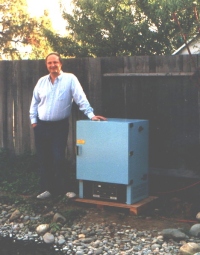
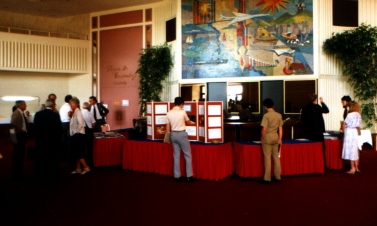
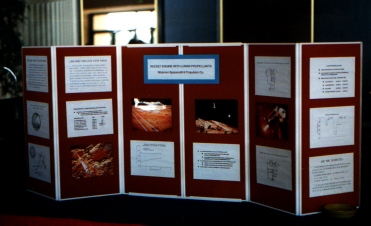
Phase I work was successful, Dr. Oberth discovered the use of zinc oxide as a phase stabilizing agent. In addition, he discovered that magnesium powder was the key to making an ammonium nitrate propellant that was easy to light and had a good burn rate.
While Dr. Oberth was working on the SBIR Phase I contract, Mr. Wickman continued work on the Challenger and Titan contracts. He also continued work on a concept he had proposed to NASA in a bid for a lunar base propulsion study. Although, the company lost the contract, he felt his idea for using processed lunar soil for propellant was better than the NASA baseline of hydrogen and oxygen. With the assistance of Dr. Oberth and the Apollo soil analysis results, Mr. Wickman thought that the lunar soil metal oxides could be broken down into a metal and oxygen for use as a propellant. He wrote an AIAA paper on his results and went to the AIAA Joint Propulsion conference to set up a small tabletop exhibit to promote the idea.
The exhibit caught the attention of a senior manager at NASA Lewis Research Center. He liked the idea, but rather than awarding a contract directly to WSPC, NASA put development of the concept out for bids. Wickman had to bid on developing his own concept. Fortunately, WSPC won the contract.
At this point, WSPC was definitely on the move. With the success of the SBIR Phase I contract, they bid and won a Phase II contract from the Air Force to put the new phase stabilized ammonium nitrate (PSAN) into pilot plant production and continue refinements on the PSAN and PSAN propellant. Dr. Oberth headed up the PSAN work and Mr. Wickman did the engineering for the pilot plant which was setup at Atlas Powder in Joplin, Missouri. By 1990, the pilot plant was successfully up and running. Dr. Oberth was writing the patent for the new PSAN. WSPC undertook a major promotional campaign of its products at the AIAA Joint Propulsion conferences with the exhibit getting larger each year.
